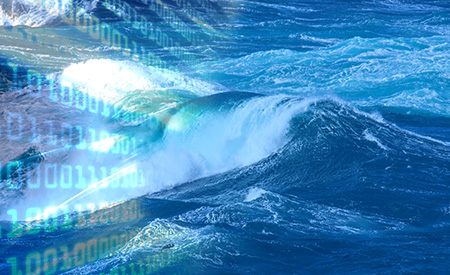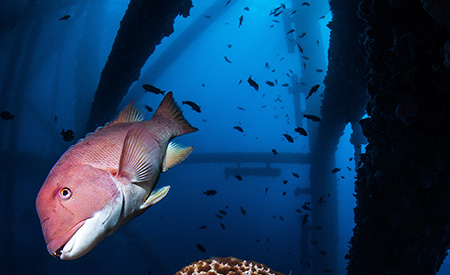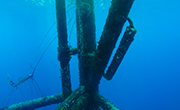France Energies Marines
Type of resources
Available actions
Topics
Keywords
Contact for the resource
Provided by
Years
Formats
Representation types
Update frequencies
status
Resolution
-

This document is the second annual report on dissemination and communication activities regarding DTOceanPlus project.
-

The objective of Task 4.3 was to carry out the testing of the Stage Gate design tool in order to verify that it meets all the previously defined requirements (in WP2 and T4.1). This report documents the outcome of T4.3 “Verification of the Stage Gate design tool.”
-

In response to the issues identified by the sector and the questions raised by citizens concerning the environmental integration of marine renewable energies in France, the COME3T approach aims to provide elements of expertise, synthesis and recommendations based on a national network of experts. In this bulletin, 3 experts have worked together to define the reef effect and its consequences on fish populations and all mobile species.
-

In response to the issues identified by the sector and the questions raised by citizens concerning the environmental integration of marine renewable energies in France, the COME3T approach aims to provide elements of expertise, synthesis and recommendations based on a national network of experts. The 5 experts mobilised for this bulletin described the different existing monitoring methods that can be used to assess the impacts of offshore wind farms on marine mammals during the operational period.
-

The objective of the ANODE project was to quantify the chemical compounds emitted by the galvanic anodes of ORE structures and the risk associated with their dispersion in the marine environment. By combining ecotoxicological expertise and hydrodynamic modelling, the ANODE project has determined that there is no risk associated with most of the elements making up galvanic anodes, namely zinc, iron, copper and cadmium. On the other hand, concerning aluminium, additional experiments are necessary to conclude. The two currently available Predicted No-Effect Concentrations (PNECs) do not seem suitable for this assessment. These thresholds must therefore be refined and include data from in situ measurements in order to be able to estimate the possible risk associated with aluminium releases.
-
The objective of the GEOBIRD project was to develop a miniature geolocation tag for medium-sized seabirds.
-
A spatialized EwE model was built covering the continental shelf of the Bay of Biscay. From this base, six ECOPATH models were built: a current model serving as a reference, a model only including the effect of climate change on native species, and four models also simulating the arrival of NIS under different hypotheses of biomass. These models include 44 native trophic groups ranging from primary production to top predators, including 13 monospecific groups of commercial interest, and two non-living groups. In addition, 8 non-indigenous trophic groups and 11 fishing fleets have been integrated in order to model the main professions operating today in the Bay of Biscay
-

In response to the issues identified by the sector and the questions raised by citizens concerning the environmental integration of marine renewable energies in France, the COME3T approach aims to provide elements of expertise, synthesis and recommendations based on a national network of experts. 6 experts contributed to this bulletin on dangerous waves and their characteristics: tsunamis, rogue waves and impact waves. The study of worst-case scenarios corresponding to the most unfavourable conditions possible allowed the experts involved to establish that no environmental issues were identified in response to the question: can fixed-foundation offshore wind farms generate dangerous waves?
-

The Structured Innovation (SI) design tool forms part of the DTOceanPlus suite of second-generation open source design tools for ocean energy. The SI tool comprises innovation methodologies which can enhance concept creation and selection in ocean energy systems (including sub-systems, energy capture devices and arrays), enabling a structured approach to address complex ocean energy engineering challenges where design options are numerous, and thus it can facilitate efficient evolution from concept to commercialisation.
-
This document present an overview on the technical details of the GEOBIRD tag and its development.
 Catalogue PIGMA
Catalogue PIGMA